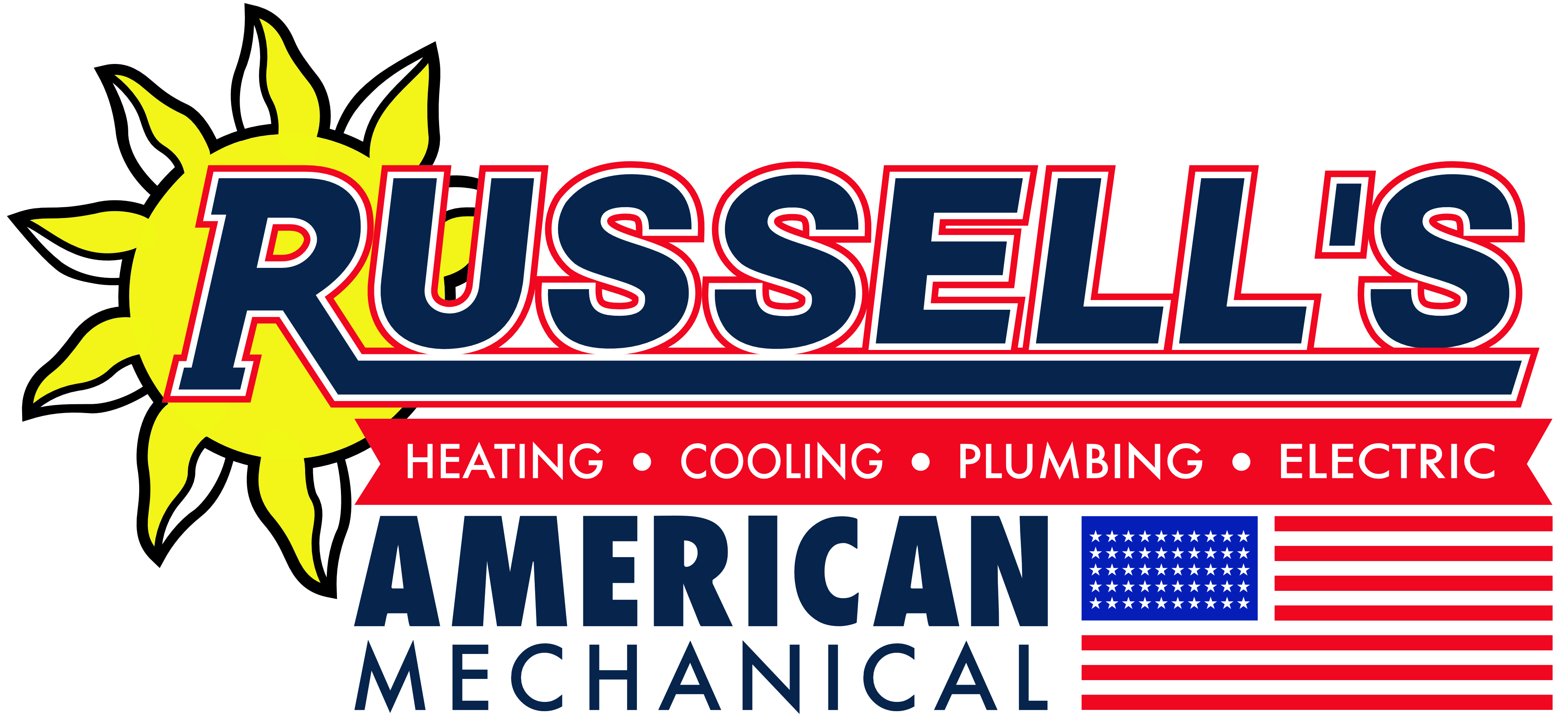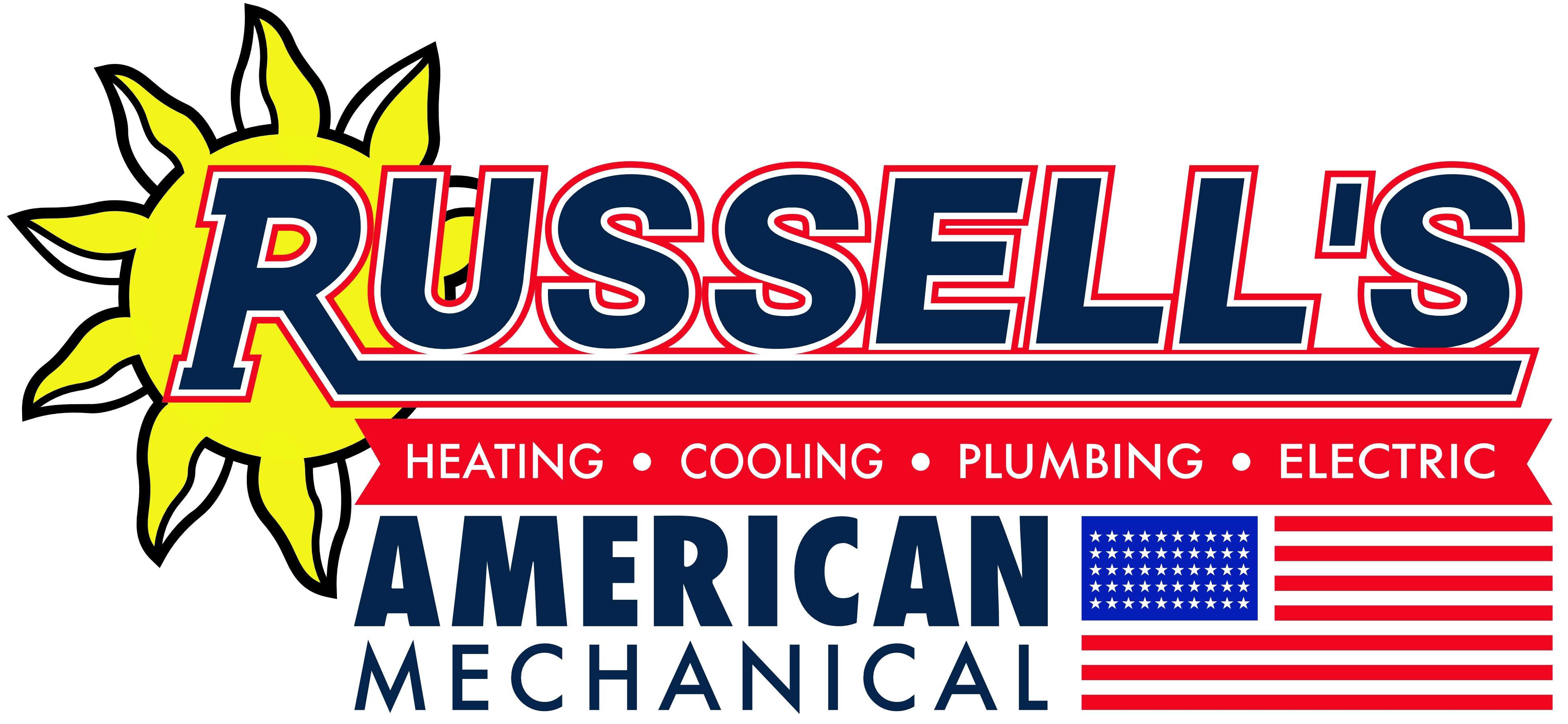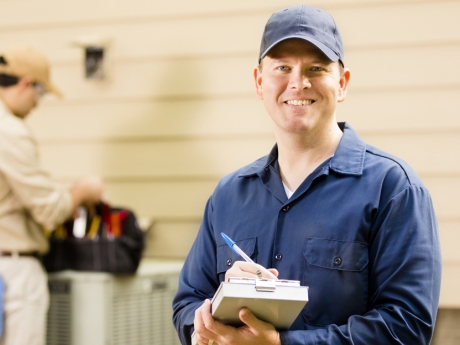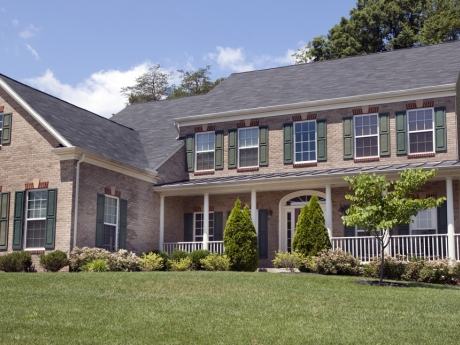
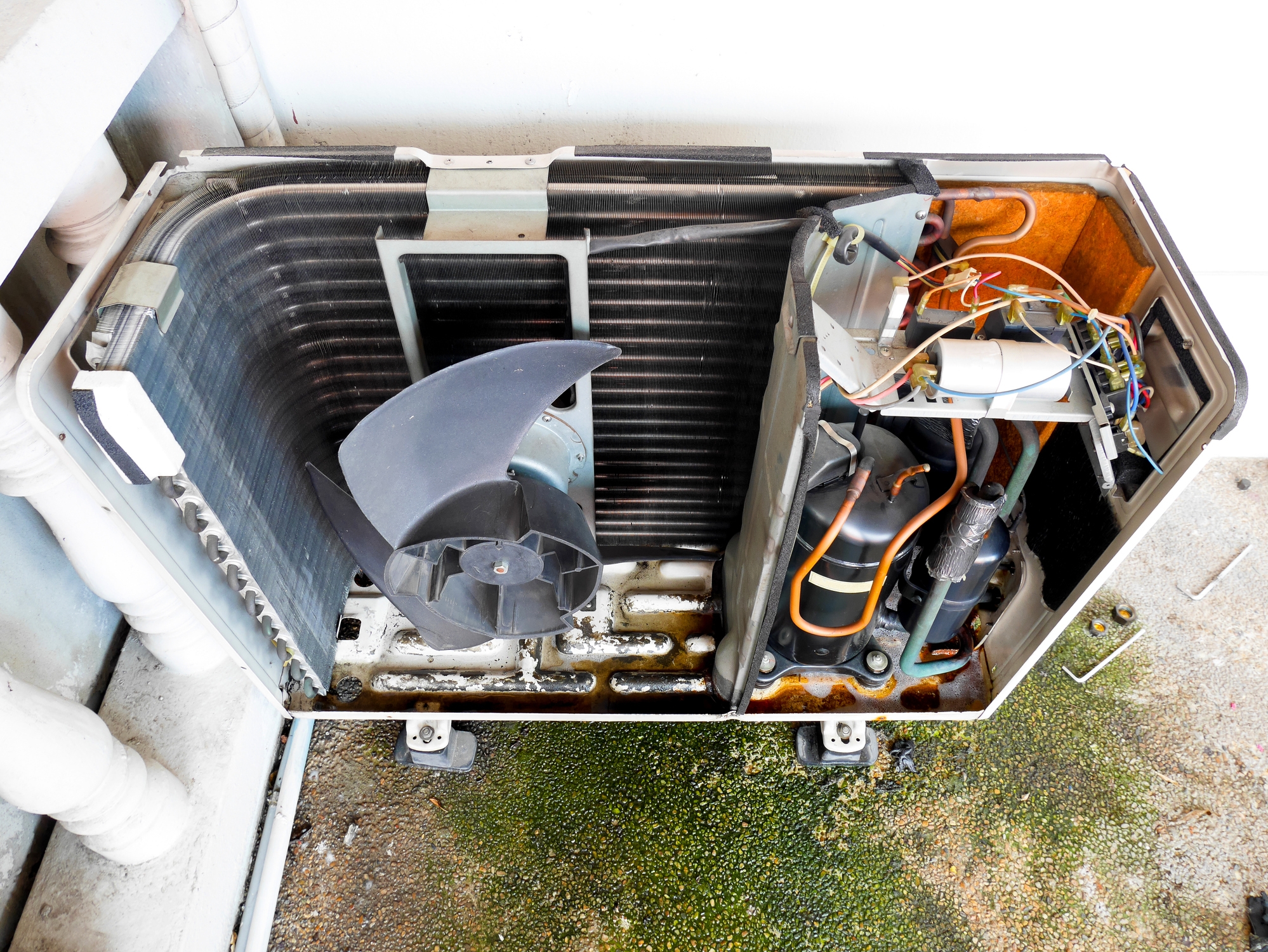
- The Furnace
- Furnace Types
- The Evaporator Coil
- The Condensing Unit
In this section, we'll briefly explain the main components of your system. For the sake of simplicity, we'll concentrate on a typical residential "split system" with gas heat. That's what's found in probably 90% of the homes in this part of the country.
It's called a split system because it's split into three parts. The indoor section and the outdoor section (some systems called "package" units are self-contained). The outdoor section is called your condensing unit. The indoor section is comprised of a furnace and an evaporator coil. The two sections are connected by refrigerant lines (commonly referred to as "Freon" lines - "Freon" is a brand name of refrigerant).
The Furnace
The furnace is typically found in your attic, garage or even the crawlspace. It acts as the blower or fan for both the heating and the air conditioning and it acts as the electrical control center for your HVAC system.
When your furnace comes on in the winter, it ignites the natural gas through burners that heat up your heat exchanger (this would be like putting a coffee can over your stove burner - the fire's contained, but the can gets very hot. If you blew a small fan over the can, the air would be quite warm). When the blower blows air across that heat exchanger, the warm air is then circulated through your duct system and into your living area. The fumes from the burned gas are expelled through a flue system and the whole operation is monitored by a number of electrical and mechanical checks to make sure you're safe.
In the summer, the furnace is simply used as the blower and control center that circulates air through your evaporator coil and cools your home.
There are two basic classes of furnaces: 80% efficient and 90% efficient.
First lets explain "efficient." When a furnace is 80% efficient - that means that of the gas that is ignited to create heat - 80% of the heat energy is captured by your duct system. The remaining 20% escapes up the flu or emanates out the face of the furnace. I bet you now know what 90% efficient means.
Before we compare the 80% against the 90% lets briefly cover old furnaces. Old furnaces were anywhere from 50 - 70% efficient. Now if your old furnace was sized correctly to your houses "heat load," then old vs. new would be something like this:
Old furnace: 100,000 BTU @ 60% efficient = 60,000 BTU of heat
New Furnace: 80,000 BTU @ 80% efficient = 64,000 BTU of heat
So, a new 80% furnace should be smaller than your old one. But lets back up a bit to "heat load." Choosing an 90% efficiency furnace in order to have a really efficient furnace is ludicrous.
Your house determines what size and efficiency your furnace should be - and here's how. The shell of your home (walls, siding, windows, doors, shingles, etc.) all have insulation ratings. If you do some math using these insulation ratings, the square footage of your home, and the number of windows and doors you can figure out how many BTUs it would take to keep your home continuously heated to 75F inside if it were -20F outside. The resulting number is your homes "heat load." Lets say that your homes heat load is 61500 BTU. A 80,000/80% efficiency furnace provides 64,000 BTU. That is a good fit. It is a good idea to fudge a little on the side of enough heat. A 80,000/90% efficiency furnace provides 72,000 BTU. That is overkill. You home will never reach optimal comfort because the heat will rise faster than it takes to cycle all of the cold air through the furnace. Your furnace would ""short cycle." That is bad. We will cover that better very shortly. (pun) The other thing crucial to furnace performance is duct sizes. They must correspond to the amount of air that the blower will force through the system.
So we have two classes (80% and 90%).
There are four types of furnaces:
Single-Stage
This one is simple. Your furnace is on or off. The fan is on or off. Pretty simple, huh? Let me be briefly technical - a salesperson can say that a Single-Stage furnace has multiple speeds. Here's how. Since every home has a unique "heat load" and since every heating and a/c contractor is supposed to figure it out for you - the manufacturers wisely put options in the furnace fan speed. If the heat load requires significantly less than the amount of heat that the furnace would provide - the furnace fan speed should be hard wired to its medium high option. The Single-Stage furnace does have optional speeds but it is hard wired to one. And that's that.
Two-Stage
Two-Stage furnaces were developed with comfort in mind. Here is how they function. When the thermostat activates the furnace, it comes on at 2/3 strength (burning gas at 65% of maximum). If, after 10 minutes of operation, the thermostat is still calling for heat - the furnace will switch to 100%. What that accomplishes is the entire heating of your home's cooled air. If a furnace kicks on at full power and dumps hot air into the home to satisfy the thermostat - it will shut off leaving cool air still circulating the home. Meaning that the furnace will have to kick in again. And again. And again.
Two-Stage furnaces are more efficient and more effective at heating your home. Furnaces are like light bulbs, they operate better if they are turned on and left on. If you flick a light switch on and off, over and over - that bulb is toast. The same goes for furnaces. Running at 65% for 9 minutes is better than 100% for 3 minutes several times an hour. It uses less gas and is easier on the machine.
Two-Stage Variable
Two-Stage Variables were developed with the knowledge that subtle circulation of heated air is the most effective way to heat a home. Not all manufacturer offer a true Two-Stage Variable. The furnace part is the same as a Two-Stage, the difference is in the blower motor. In a Single-Stage, if you want your fan on for circulation, that fan is on high. It is the only option it has. Not only is that hard on the utility bill, but a fan on high means the warm air is moving fast, warm air moving fast is a cool breeze. In a Variable, the fan turns over slowly to maintain air circulation while being easy on the utility bill. By the way, most air cleaners and filtration devices are only active when the furnace blower is on. So the best way to utilize these accessories is to have a variable speed blower. By switching its blower fan from a/c current to d/c current, it only draws 1/10 the electricity.
So, you've had your heat load determined and now you need to choose a corresponding size and efficiency. Here is a difference between 80 and 90%. An 80% efficient furnace can make use of the existing metal flue. A 90% must be PVC vented with limitation on flu distances. Over the long haul, a 90% efficient furnace will save you money on your utilities, but it might take 5 years. In either case, one size does not fit all. Seek trusted advice.
Modulating
Modulating furnaces are designed to minimize temperature fluctuations and deliver exactly the amount of heat and airflow needed at any given time. These high-efficiency units continually adjust the amount of fuel burned at a given time, meaning less on/off cycling and a precisely controllable indoor climate.
The Evaporator Coil
In order to avoid getting into a real deep discussion of physics and chemistry, I'll give you the layman's description of an evaporator coil.
The coils basic design is something like a radiator on a car. There are two flat radiators leaning against each other in an "A" shape. It is referred to as an "A" coil. It's got tubes that are surrounded by aluminum fins. It sits inside a sheet metal box (coil enclosure) and the whole package is usually installed on the supply (or output) side of your furnace (most of the time it's inside the box that sits on top of your furnace).
The coil is connected to the outdoor condensing unit by two copper refrigerant lines. One of these copper lines delivers refrigerant to the coil, and one of them takes it back to the condensing unit. When everything is operating like it should in the summer, that refrigerant goes through a number of transformations and makes the evaporator coil very cold. When the blower moves air across the coil, cool air is distributed through your duct system.
Because the cold coil has ambient warm air blowing across it, it creates quite a bit of condensation. That condensation must be removed or else you're going to have water everywhere. The coil itself has a drain pan which is usually connected to a hose that leads to a floor drain in the basement.
There are usually no moving parts on a coil unless it has an expansion valve. That valve is used to control the amount of refrigerant that passes through the coil.
The Condensing Unit
The condensing unit is the big ugly box that sits out in your yard and makes all that noise. Actually, the newer models are very quiet and not so bad looking either.
Inside the condensing unit you'll find the compressor. The compressor is the heart of your system. It's only job is to pump the refrigerant through the refrigerant lines, through your evaporator coil, and then back to the compressor. The rest of your condensing unit is designed to transform the refrigerant from a gas into a liquid (again I'll spare you the physics lesson).
During the winter, the condensing unit does nothing. It just sits there and waits for summer.
If the furnace, evaporator coil, condensing unit, and duct sizes are not in designed to match - one or all of these pieces will suffer greatly. And so will you.
